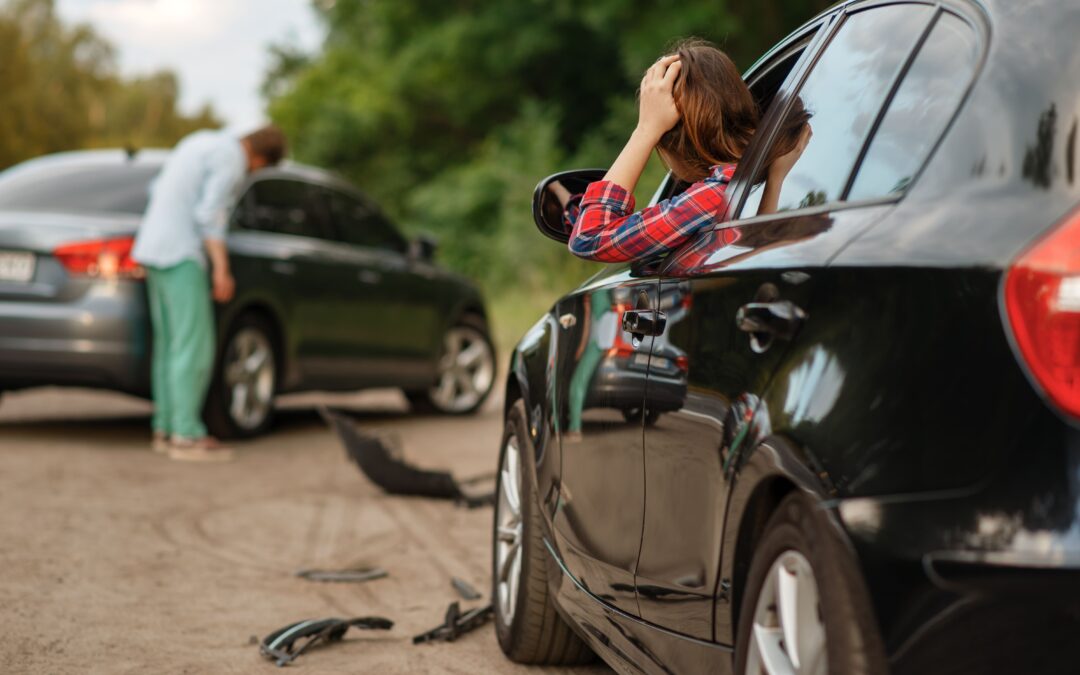Analyzing the statistics of car accidents is crucial for understanding their causes and developing strategies to prevent them. This analysis often involves looking at a wide range of factors, from driver behavior and vehicle condition to environmental influences and road design. By dissecting these factors, we can gain a clearer picture of why accidents occur and how they can be avoided.
Understanding Driver Behavior
A significant portion of car accidents are attributed to driver behavior. This includes:
- Distracted Driving: With the advent of smartphones, distracted driving has become a leading cause of accidents. Texting, using apps, or even just talking on the phone can significantly distract a driver.
- Impaired Driving: Driving under the influence of alcohol or drugs remains a major cause of fatal accidents. Impairment affects judgment, reaction times, and awareness.
- Aggressive Driving: Speeding, tailgating, and erratic lane changes are examples of aggressive driving that increase the risk of accidents.
- Fatigue: Drowsy driving is often underestimated but can be as dangerous as drunk driving. It impairs reaction time and decision-making.
Vehicle Conditions
The condition of a vehicle plays a crucial role in accidents. Poor maintenance can lead to:
– Brake Failures: Malfunctioning brakes are a common cause of accidents.
– Tire Blowouts: Worn or improperly inflated tires can blow out, causing the driver to lose control.
– Headlight and Taillight Malfunctions: Visibility is crucial, and malfunctioning lights can lead to accidents, especially at night or in poor weather conditions.
Environmental Influences
Environmental factors also contribute to car accidents:
– Weather Conditions: Rain, snow, ice, and even bright sunlight can increase the risk of accidents by affecting visibility and road conditions.
– Road Conditions: Potholes, uneven road surfaces, and poorly marked construction zones can be hazardous for drivers.
– Traffic Flow: Areas with high traffic volumes or complex traffic patterns often have higher rates of accidents.
Road Design And Infrastructure
The way roads are designed and maintained can significantly impact accident rates:
– Poor Signage: Inadequate or confusing signage can lead to wrong-way driving or missed warnings.
– Lack of Safety Features: The absence of guardrails, pedestrian crossings, and bike lanes can increase the risk of accidents.
– Intersection Design: Some intersections, especially those without clear signals or with poor visibility, are more prone to accidents.
Data Analysis And Future Implications
Statistical analysis of car accidents involves examining data from various sources, including police reports, insurance claims, and traffic studies. This analysis helps identify patterns and trends, such as the most common types of accidents, the times and places they are most likely to occur, and the demographic groups most at risk.
From these insights, policymakers, urban planners, and vehicle manufacturers can develop targeted strategies to reduce the risk of accidents. For instance, improving road infrastructure, enforcing stricter traffic laws, and raising public awareness about safe driving practices are all effective measures.
Moreover, advancements in technology, like autonomous vehicles and improved safety features in cars, show promise in reducing accident rates. However, there is still a need for continuous education and enforcement to ensure safe driving behaviors are adopted by all road users.
Understanding the causes of car accidents through statistical analysis is a multifaceted endeavor. It requires looking at a combination of human behavior, vehicle conditions, environmental factors, and infrastructure design. By addressing these areas comprehensively, we can work towards making roads safer and reducing the frequency and severity of car accidents. As technology and infrastructure continue to evolve, ongoing analysis and adaptation of strategies will be key to achieving these goals. If you or a loved one are in need of legal support following a car accident, contact a car accident lawyer from an experienced firm such as Tuttle Larsen, P.A. today.


